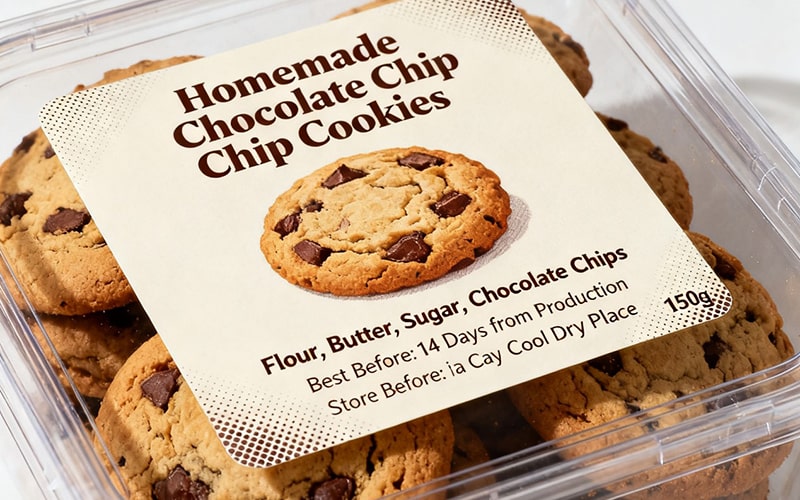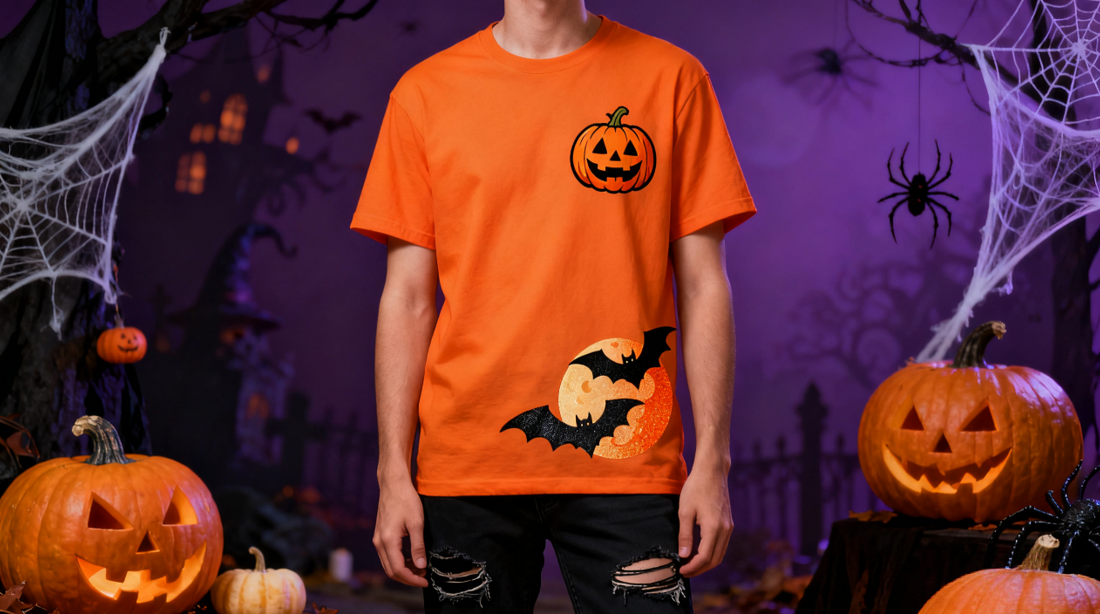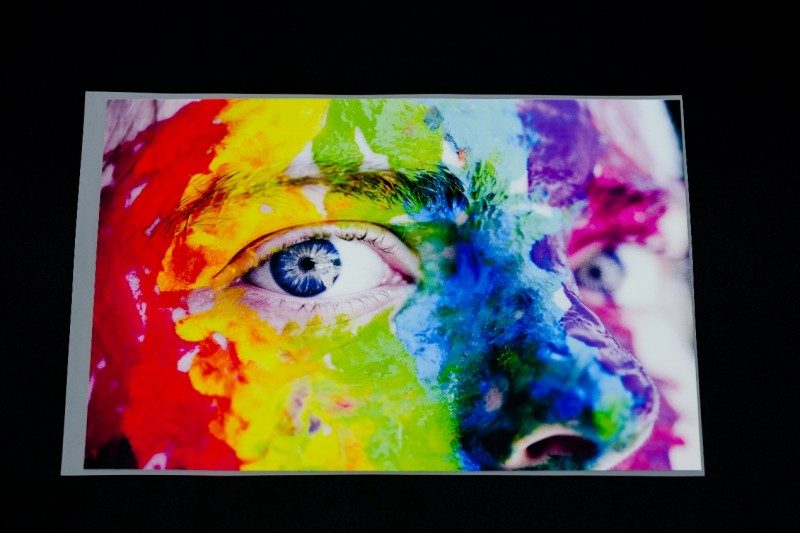Flexo Printing Explained for Self Adhesive Label Films
Flexo printing uses flexible plates to create high...
MoreDirect-to-Film (DTF) paper for sublimation represents a significant technological advancement in the textile printing industry, enabling the transfer of high-resolution, full-color designs onto a wide array of fabrics and hard substrates. Unlike traditional methods that are often limited by material compatibility, DTF sublimation paper acts as an intermediary carrier for a special thermoplastic polymer ink, which is first printed onto the film and then transferred using heat and pressure. The process involves printing a design onto the DTF paper, applying a hot-melt adhesive powder, and then curing and pressing it onto the target material. This method is renowned for its ability to produce vibrant, durable prints with exceptional color gamut and fine detail reproduction, making it suitable for everything from custom apparel and promotional items to technical textiles and interior décor. The core application lies in its versatility, allowing for on-demand, short-run production with minimal setup time, which is revolutionizing business models for print shops and designers worldwide.
The superiority of DTF sublimation paper is evidenced by its performance metrics and widespread adoption. Industry analyses and printer manufacturer specifications consistently highlight key advantages over Direct-to-Garment (DTG) and traditional vinyl transfer methods. A critical performance indicator is the color gamut and opacity. DTF prints consistently achieve a wider color gamut, often exceeding 90% of the Adobe RGB spectrum on white fabrics, compared to DTG which can struggle with vibrancy on dark garments without a costly white underbase. The opacity of white ink in DTF transfers is measurably higher, with tests showing a contrast ratio of over 95% on black cotton, ensuring designs pop without fading into the shirt color. Furthermore, durability tests, including standardized wash fastness (AATCC 61) and crocking (AATCC 8) evaluations, demonstrate that high-quality DTF prints withstand 50+ industrial washes with minimal cracking or fading, a figure that surpasses many DTG and vinyl applications. The softness of the print, measured by handle-o-meters, is another significant factor; DTF results in a soft, flexible hand-feel because the adhesive layer is fine and porous, unlike the often plasticky feel of vinyl. Search volume data from platforms like Google Trends shows a consistent global upward trajectory for "DTF printing" and "DTF paper," with a 250% increase in query interest over the past two years, indicating a massive market shift towards this technology.
When selecting DTF paper for sublimation, specific technical parameters directly impact the final print quality and operational efficiency, and these are the focus of most professional reviews and buyer guides. The primary types are PET film and specialized coated papers, with the latter being more common for fabric applications. Key specifications include basis weight, which typically ranges from 75 to 90 gsm; a lower weight is preferred for its pliability and reduced material cost, but it must maintain integrity during printing and powdering. The coating formulation is paramount—a high-quality, fast-drying coating ensures sharp dot definition and prevents ink bleeding, which is crucial for fine text and halftones. Drying time is a critical operational metric; premium DTF papers are engineered for rapid drying, often within 10-15 minutes under standard conditions (25°C, 50% RH), which directly increases production throughput. The paper's performance during the transfer stage is measured by its release rate; an optimal release of over 98% of the ink and adhesive layer is necessary to ensure vibrant color transfer and to prevent ghosting or residue on the transfer paper. Real-world user feedback on e-commerce platforms and in industry forums consistently rates brands that excel in these areas—such as those offering consistent coating, minimal curling, and high release rates—with the highest satisfaction scores, directly linking these technical attributes to commercial success.
The economic and practical benefits of adopting DTF paper for sublimation are driving its rapid integration into diverse business models, from large-scale print facilities to small home-based businesses. The most frequently cited advantage in case studies and user testimonials is material compatibility. DTF transfers adhere exceptionally well not only to cotton and polyester but also to blends, silk, denim, leather, and even wood or metal with appropriate pretreatment, a flexibility that DTG and sublimation cannot match. This expands market opportunities exponentially. From a cost perspective, the operational expenditure for DTF is highly competitive. While the initial investment in a printer, powder shaker, and heat press is required, the consumable cost per print is lower than DTG for dark garments and comparable to sublimation for light ones, with a typical A4 transfer costing between $0.50 to $1.50 depending on ink coverage. This cost-efficiency makes it ideal for low-volume, high-mix production. Finally, the workflow simplicity is a major productivity booster. The process eliminates the need for pre-treatment stations and post-treatment curing tunnels required in DTG, streamlining the workflow. This reduction in steps minimizes labor and potential error points, allowing a single operator to manage higher output. The convergence of broad compatibility, low per-unit cost, and a simplified workflow positions DTF sublimation paper as a cornerstone technology for the future of digital decoration, a fact reflected in its growing market share and positive return-on-investment reports from early adopters.
Select the most popular foreign trade service products to meet your diverse needs
Learn more about the dynamics and professional knowledge of the foreign trade industry

Flexo printing uses flexible plates to create high...
More
Get ahead of the holiday rush with this actionable...
More
Sports are all about unity—and nothing fuels team ...
More
If you’re new to garment printing, using DTF film ...
More
For a leading Pearlized BOPP Film manufacturer, qu...
More
When it comes to transferring designs onto objects...
MoreSelect the most popular foreign trade service products to meet your diverse needs
Explore more content related to foreign trade services

Tel: +86 17706217416
Add: Building L2A, No. 520, Lane 1588, Zhuguang Road, Hongqiao World Center, Qingpu District, Shanghai, China
User Comments
Service Experience Sharing from Real Customers
Michael Rodriguez
Print Shop OwnerThis DTF paper for sublimation is a game-changer! The transfer quality is incredibly sharp and vibrant, and it holds fine details perfectly. Washes well without cracking. Highly recommended for anyone in the garment printing business.
Sarah Chen
Graphic DesignerAs a designer, color accuracy is everything. This paper delivers brilliant, true-to-design colors every time. The sublimation process is smooth and the result on polyester fabrics is exceptional. My clients are thrilled with the final product quality.
David Thompson
Production ManagerExcellent DTF paper that has significantly improved our production efficiency. The paper feeds through our printers without jams and the ink adhesion is superb. The only minor point is to ensure your settings are precise for optimal results. Great value.
Emily Watson
Small Business OwnerI run a small custom apparel business and this paper has been fantastic. It's very user-friendly, even for beginners, and produces professional, durable prints. My customers love the soft feel and vivid designs. It has really helped my business grow.